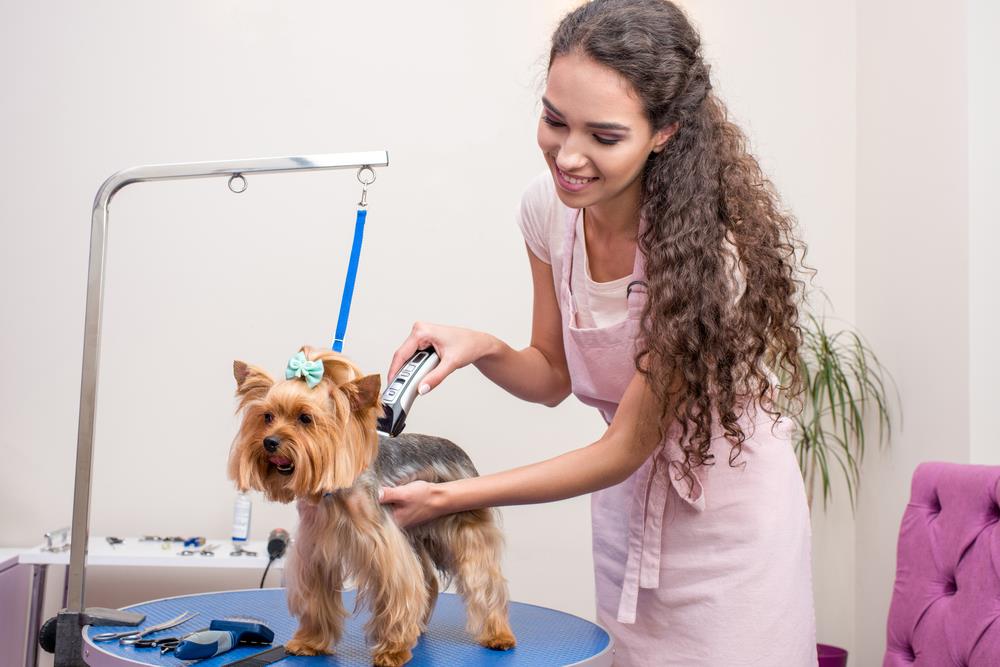Understanding the Importance of Pet Grooming
Regular grooming is essential for maintaining the health and wellbeing of your pets. It’s not just about keeping them looking good; it goes beyond aesthetics. Grooming helps to prevent potential health issues such as skin problems, ticks and fleas, and matting. It also provides an opportunity to check for any abnormalities, such as lumps, parasites, or issues with nails, teeth, ears, and eyes. RSPCA Australia highlights the necessity of regular grooming in ensuring your pet’s optimal health.
Understanding Different Pets’ Grooming Needs
Different pets have unique grooming needs, which are often determined by their breed, size, and type of coat. For instance, long-haired breeds require more frequent grooming to prevent matting and tangling. Short-haired breeds, on the other hand, may require less frequent, but still regular, grooming. PDSA offers a comprehensive guide on the specific grooming needs of different breeds.

To enhance the understanding of the readers, it is recommended to add a chart that illustrates the grooming needs of various pet breeds. This would offer a quick comparison and guide pet owners towards a more effective grooming routine.
The Basics of Pet Grooming: Tools and Materials
Proper pet grooming starts with the right tools. Essential items include a quality brush, suitable for your pet’s coat type, and a pair of sharp, professional-grade scissors for trimming. Nail clippers designed for pets and a gentle pet shampoo are also necessary. Regular grooming not only keeps your pet looking tidy but also serves as a health check, allowing you to spot any skin issues or parasites early.
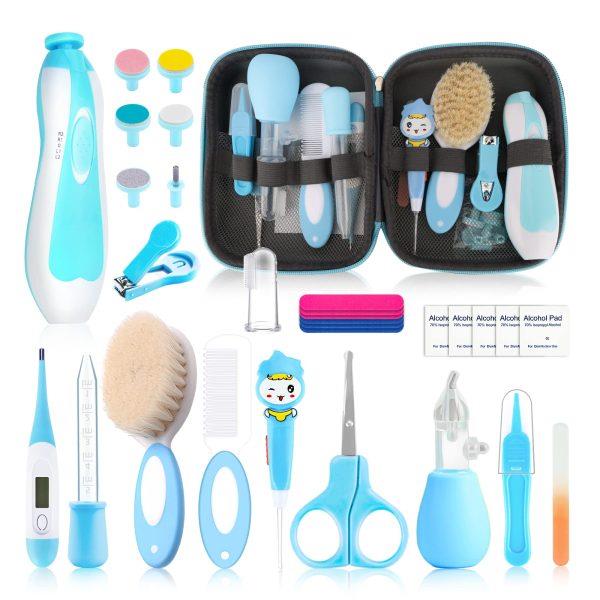
Creating a Comfortable Grooming Area
Setting up a designated grooming area can make the process more enjoyable for both you and your pet. Ensure the area is well-lit and free from potential distractions, with easy access to your grooming tools. A non-slip mat can help keep your pet secure. Remember, patience and positive reinforcement can help your pet associate grooming with a positive experience. The RSPCA offers valuable tips for making grooming a stress-free activity for your pet.
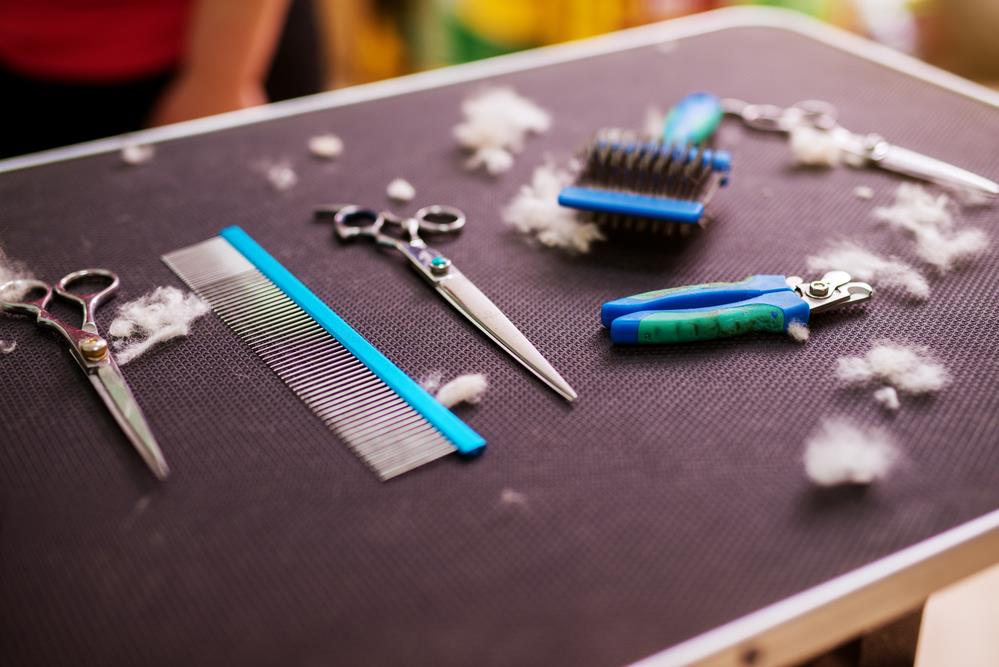
Grooming Different Types of Coats
Regardless of your pet’s coat type, regular grooming is essential for their health and comfort. However, the grooming requirements can greatly differ depending on whether your pet has a short or long-haired coat.
Short-haired pets, such as Boxers or Dalmatians, require less grooming compared to their long-haired counterparts. A weekly brushing using a bristle brush is often sufficient to remove loose hair and distribute skin oils, promoting a healthy, shiny coat.
On the other hand, long-haired pets like Shih Tzus or Persians necessitate more frequent grooming to prevent matting and tangling. A slicker brush or a rake is commonly used daily or every other day for this purpose. An occasional trim may also be needed to keep their coat manageable.
Proper Brushing Techniques for Different Coat Types
Brushing your pet’s coat correctly is crucial in preventing skin irritation and achieving optimal results. Always brush in the direction of hair growth and remember to be gentle to avoid hurting your pet. For long-haired pets, it’s advisable to use a de-matting tool or comb to remove tangles before brushing.

Choosing the Ideal Shampoo and Conditioner for Your Pet
Like humans, pets require different shampoos and conditioners depending on their skin and hair type. It’s crucial to choose products that are specifically formulated for pets (RSPCA). Some pets need hypoallergenic or sensitive skin products, while others may benefit from conditioners that help with tangles and matting. Researching reputable brands and reading reviews can assist in making an informed decision.
Techniques and Tips for Stress-Free Pet Bathing
Preparing for bath time can significantly reduce stress for both you and your pet. Start by gently introducing your pet to the idea of bathing, using positive reinforcement and treats. Ensure the water temperature is comfortable and use a non-slip mat to prevent accidents. A handheld shower head or jug can make rinsing easier.
Avoid getting water or shampoo in your pet’s eyes or ears, as it can cause discomfort. Keep towels nearby for a quick dry-off. Above all, ensure your pet feels safe and loved throughout the process.
- Choose pet-specific shampoo and conditioner
- Prepare your pet for bath time
- Ensure safety measures
- Avoid sensitive areas
- Keep towels handy
By following these steps, you can make bathing a positive experience for your pet, contributing to their overall grooming and well-being.
The Significance of Regular Nail Trims
Regular nail trims are essential for your pet’s well-being. Overgrown nails can lead to discomfort, mobility issues, and even infection. According to the RSPCA, it’s advisable to trim your pet’s nails every 3-4 weeks. This practice not only contributes to your pet’s overall health but also enhances their comfort while walking or running.
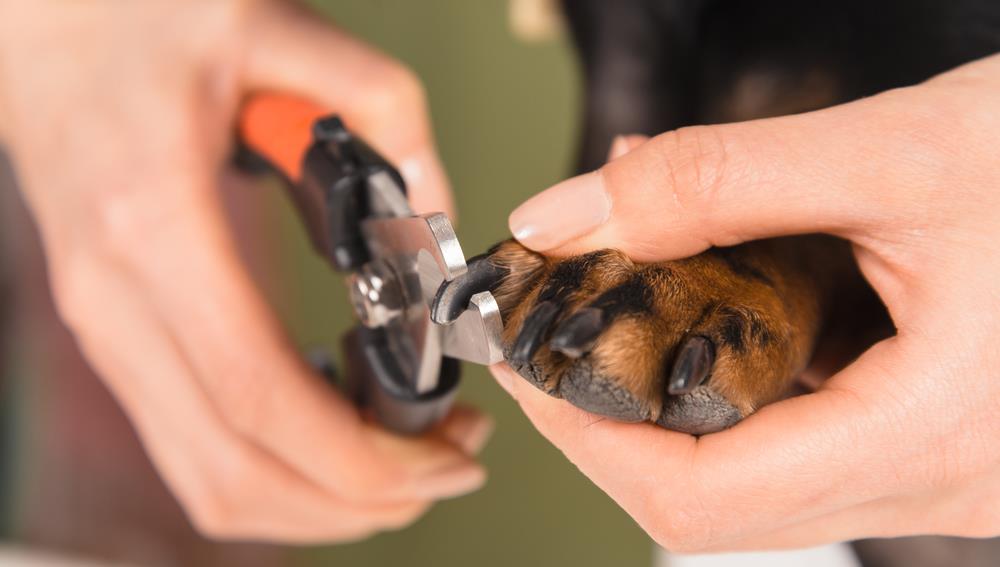
Steps to Safely Clip Your Pet’s Nails
- Ensure you have a high-quality, sharp nail trimmer designed for pets.
- Hold your pet’s paw firmly but gently to avoid causing discomfort.
- Identify the quick of the nail (the sensitive part) and avoid cutting into it.
- Trim a small amount off the end of the nail.
- If the nail bleeds, apply a styptic powder to stop the bleeding.
- Repeat this process on all paws.
Caring for Your Pet’s Paws and Pads
Paw care is as important as nail trimming. Regularly inspect your pet’s paws for any signs of injury or infection. Keep the paw pads clean and moisturised to prevent cracking. Use a pet-friendly paw balm and avoid human lotions, which may contain harmful ingredients. For more information on paw care, the PDSA provides an excellent resource.
Dental Care as a Vital Aspect of Pet Grooming
Dental health is an essential facet of pet grooming often overlooked by pet owners. Just like human beings, pets, particularly dogs and cats, can suffer from dental diseases, which can lead to severe health issues if not addressed promptly. According to the Australian Veterinary Medical Association, more than 80% of dogs and 70% of cats develop gum disease by the age of three. Therefore, incorporating dental care into your pet grooming routine is critical for their overall health.
Proper Brushing Techniques for Your Pet’s Teeth
The key to effective pet dental care lies in the proper brushing technique. Use a toothbrush designed specifically for pets and a pet-safe toothpaste. Brush in a circular motion, focusing on the gum line where most plaque accumulates. The RSPCA’s guide provides a comprehensive approach to brushing your pet’s teeth.
Products to Promote Your Pet’s Dental Health
Several products on the market can promote dental health in pets. Dental chews, water additives, and special diets can all contribute to reducing plaque and promoting healthier gums. Always consult with your vet before introducing any new products into your pet’s dental care routine. The Australian Veterinary Association has a list of approved dental health products for pets.
The Importance of Regular Ear and Eye Cleaning
It’s paramount to maintain your pet’s health through regular ear and eye cleaning. RSPCA Australia suggests that neglecting this aspect of pet grooming can lead to infections and other health issues. Ensuring clean ears and eyes not only prevent health complications but also enhance your pet’s comfort and well-being.
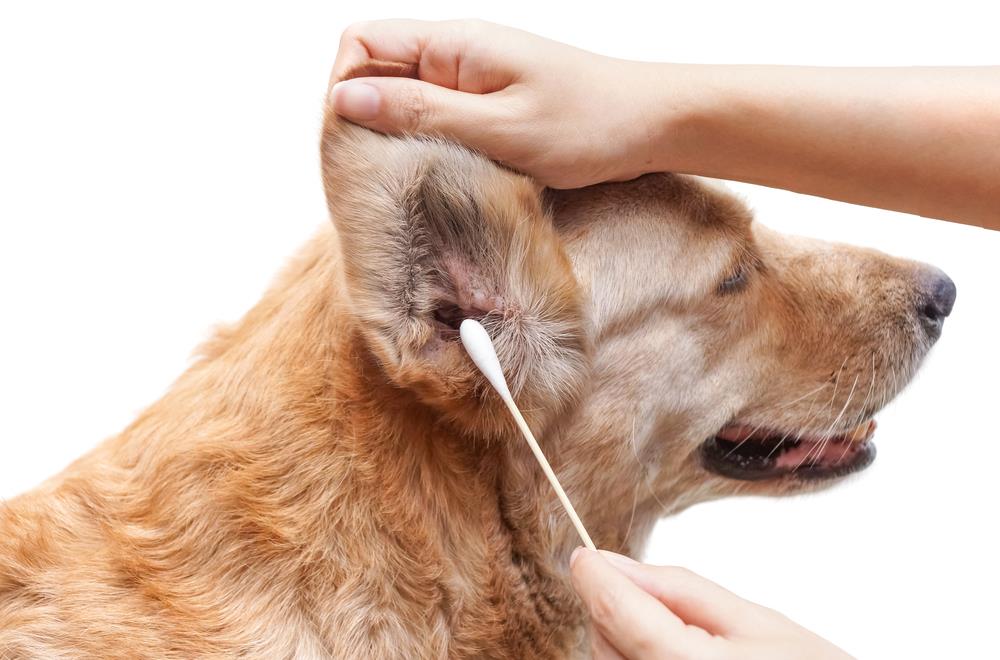
Safe Methods for Cleaning Your Pet’s Ears and Eyes
- Vetwest Animal Hospitals recommend using a soft, damp cloth to clean around the eye area. Avoid contact with the eye itself to prevent irritation.
- When cleaning ears, use a vet-approved solution. Pour the solution into your pet’s ear and massage gently. Afterwards, allow your pet to shake out the solution. Then, use a cotton ball to clean the outer area. PetMD has an excellent step-by-step guide for this procedure.
Regular pet grooming is more than just maintaining your pet’s appearance; it’s crucial for their overall health. By adopting safe and effective methods for ear and eye cleaning, you’re ensuring your pet’s comfort and reducing the risk of potential health issues.
Professional Grooming vs. Home Grooming
When it comes to pet grooming, the decision between home grooming and hiring a professional groomer is often dictated by the needs of your pet and your lifestyle. For routine maintenance like brushing or nail trimming, home grooming might be sufficient. However, for more complex tasks like ear cleaning, dental care or haircuts, you should consider professional grooming services.
Comparing the Costs and Benefits
While home grooming can save you money, the benefits of professional grooming extend beyond just aesthetics. Professional groomers are trained to identify potential health issues, which can lead to early detection and treatment. They also have the right equipment and expertise to handle difficult tasks, reducing the risk of injury to your pet.
Finding a Good Professional Groomer
- Check their qualifications and experience.
- Ask for recommendations from your vet or other pet owners.
- Visit the facility to see the cleanliness and how they handle other pets.
- Ask about their grooming process and products to ensure they are safe for your pet.
Remember, a good groomer is an essential part of your pet’s healthcare team.
Related posts
Recent Posts
- Choosing Between a Shelter, Rescue, or Breeder for Your New Pet
- Pet Emergency Preparedness: Ensuring Your Furry Friend’s Safety in a Crisis
- The Importance of Pet Vaccinations: Protecting Your Furry Friends
- Kitten Feeding Guide: Essential Tips for New Cat Owners
- Dangerous Pets: What You Need to Know Before Bringing One Home

